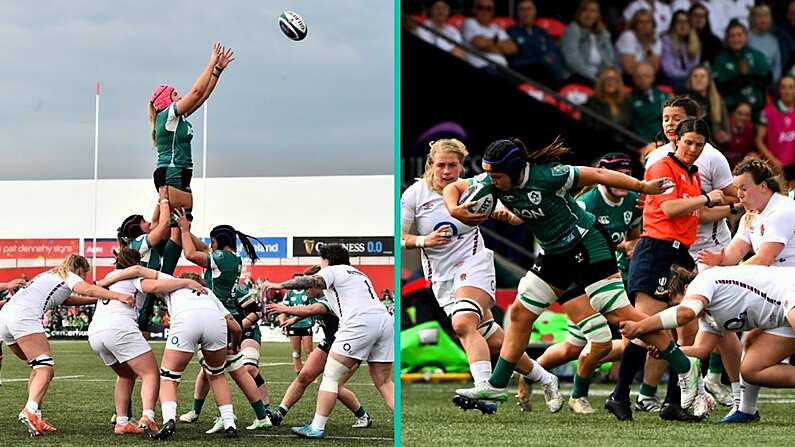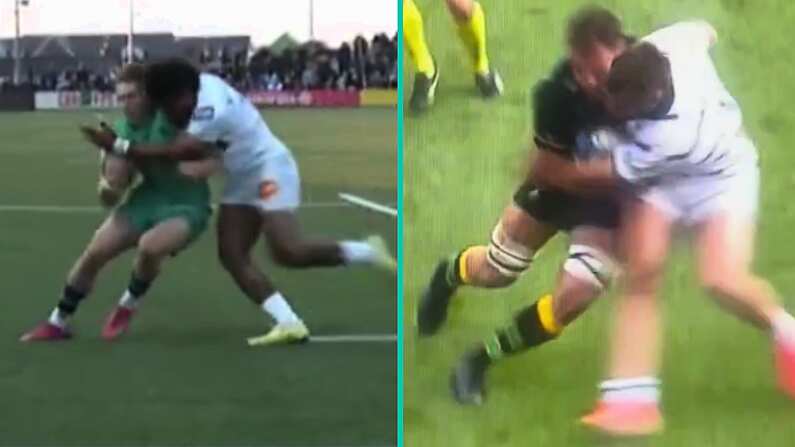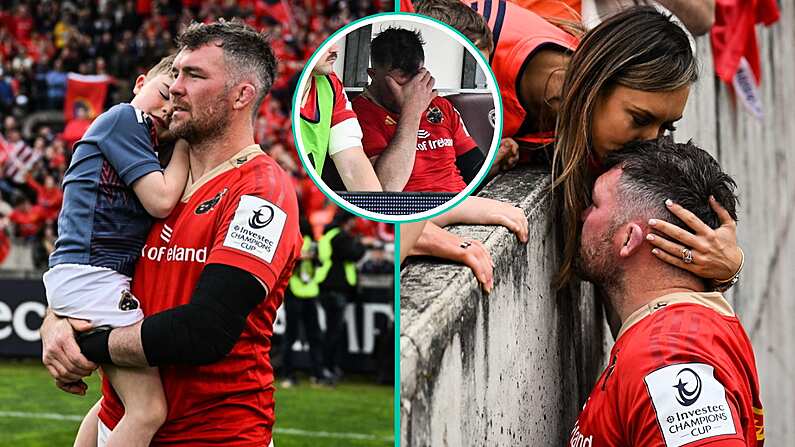The NFC is a little more defined as eight of the 16 teams in the division have a winning record, while only two more are at .500. That means that of the 32 teams in the NFL, only 11 have winning records after nearly half of the season, while 14 teams are on schedule to have losing seasons.
Parity is a part of the NFL that is often celebrated off the field, but rarely realized on it. The NFL is a league that promotes parity more than most other professional sports leagues because of the way it is set up.
Unlike in professional baseball or soccer, where the team with the most financial clout can flex bigger muscles than their competitors from season to season, the NFL has employed the use of a hard salary cap since the 1994 season. The salary cap sets a roof for how much teams can invest in players, while the roster requirements force teams to carry exactly 53 players on their active rosters. This forces franchises to be more prudent with the money that they commit to players.
Furthermore, unlike in the NBA, there is no way of extending the salary cap. In the NBA teams can pay what is known as a luxury tax if they have committed too much money to the players on their rosters. In the NFL, teams are forced to release players—recent examples being Stanford Routt of the Oakland Raiders and Eric Winston of the Houston Texans—if they can't afford their salaries moving forward.
Along with the salary cap, players also have the ability to leave teams in free agency at the end of their current contracts. That is something that is common among most professional sports in the world. What isn't common however, is the draft. The draft is a system that all of the four major sports in America use to bring college players into the professional ranks. In the NFL there are seven rounds where each team gets a choice. Where each team picks is determined by how well they performed during the previous season, in other words, the worst team gets the highest pick.
This makes it very difficult to sustain success in the NFL while it also gives teams every opportunity to build a bright future from ruin. However, the NFL has been using the draft system since 1936, free agency for over 20 years, and rarely ever has parity been this prominent.
So what is it that has made this league so competitive this season? As with most things, parity can be traced back to the quarterback position and how it is managed.
The quality of quarterback play in the NFL isn't substantially higher than it has been in recent years, but the quality of the younger quarterbacks in the league is. Of the 32 starting quarterbacks who entered this season, 10 were either first or second year players. Despite this, those teams have combined for a 25-37 record. While that doesn't seem impressive at first, when you consider that five rookies are included in that group, it is a phenomenal percentage.
This year's crop of young quarterbacks are taking that development a step further. Andrew Luck has already won more games with the Indianapolis Colts than the team did all of last season. Robert Griffin III's 70 percent completion and 100+ quarterback rating has allowed the Redskins to win games that they would not have won with Rex Grossman last season. Christian Ponder's hot start has been a major part of the Minnesota Vikings' 5-2 start, while Russell Wilson is doing just enough to keep the Seahawks in contention.
While there is a lot of special talent in this group, there has been similar talent in quarterback classes of the past that never played as well. As recently as 1998 Peyton Manning threw 28 interceptions as a rookie and his team only won three games all year. None of those victories were as impressive as the Indianapolis Colts' recent victory over the Green Bay Packers. Manning back then wouldn't have had a chance to compete with a quarterback on the level of Aaron Rodgers. Things are very different now though, because quarterbacks no longer need to develop over the first few seasons of their careers.
The biggest issue for quarterbacks moving from college to the NFL, is the mental aspect of the game. That refers to understanding the defense and fitting into a professional scheme that requires the quarterback to make reads and complete difficult throws. In the past, college teams didn't run anything close to those types of schemes. Now there are more professional concepts being used at the college level, which shortens the learning curve for youngsters in the NFL.
With younger, more talented quarterbacks on the field instead of journeyman veterans such as Rex Grossman, Matt Moore or Tarvaris Jackson, teams are able to do more and get better production from week-to-week. Teams simply couldn't compete against other teams with elite quarterbacks when starting players like Moore or Grossman. Grossman may have beaten Eli Manning twice last season, but they didn't get the consistent competition that was required to win on a consistent basis.
The worst starting quarterbacks in the NFL right now(outside of the aforementioned youngsters) are likely Brady Quinn, Ryan Fitzpatrick, Carson Palmer, John Skelton and Alex Smith. Of those quarterbacks, four have elite running backs to rely on, two have excellent offensive minded head coaches to limit their impact and the same two have elite defenses. None of those quarterbacks are left carrying offenses that need to score a huge amount.
Of course, the quarterback position is not the be all and end all for teams in the NFL, however it is a position that determines the outcome of more games than any other on a yearly basis. With the worst quarterbacks in the league improving and the top quarterbacks like Tom Brady and Peyton Manning no longer dominating opposing defenses, it's no surprise that parity reigns over the NFL.
Follow Cian Fahey on Twitter - @Cianaf
Read more of Cian Fahey on Irish Central and in the Guardian’s US Sport section.











